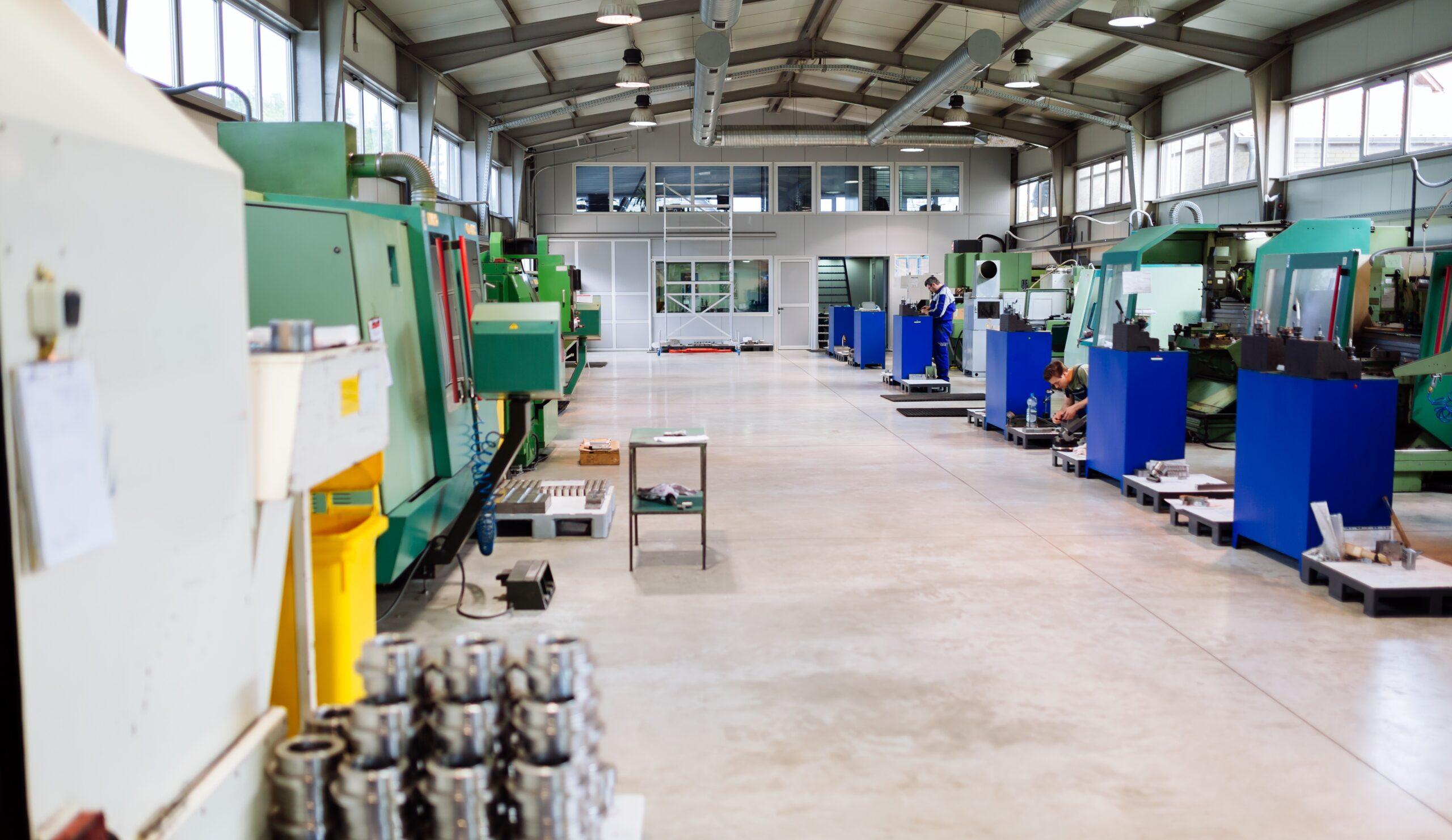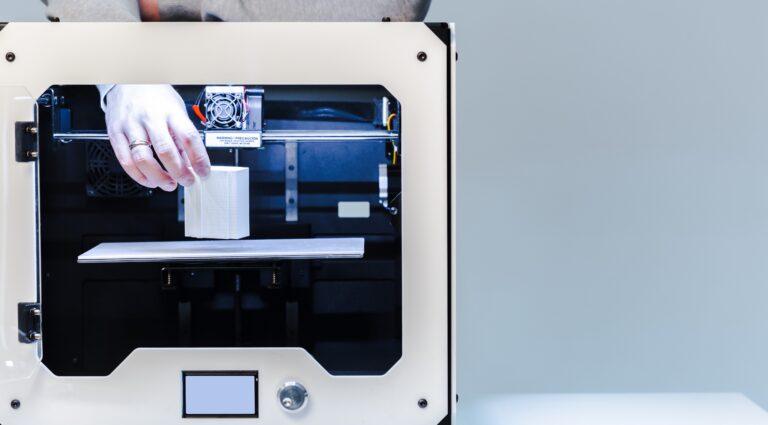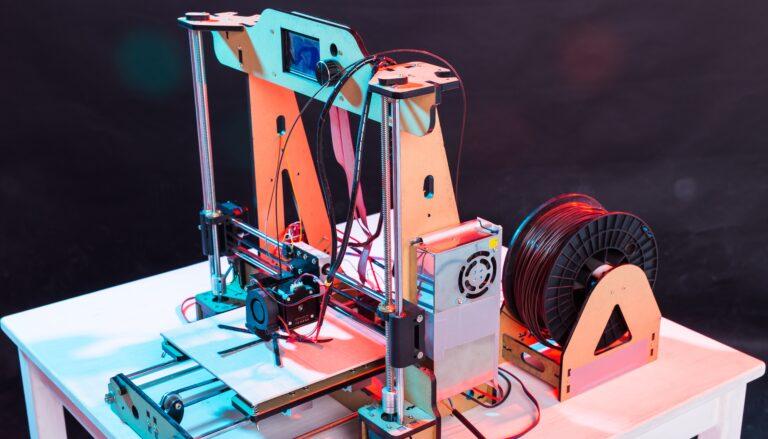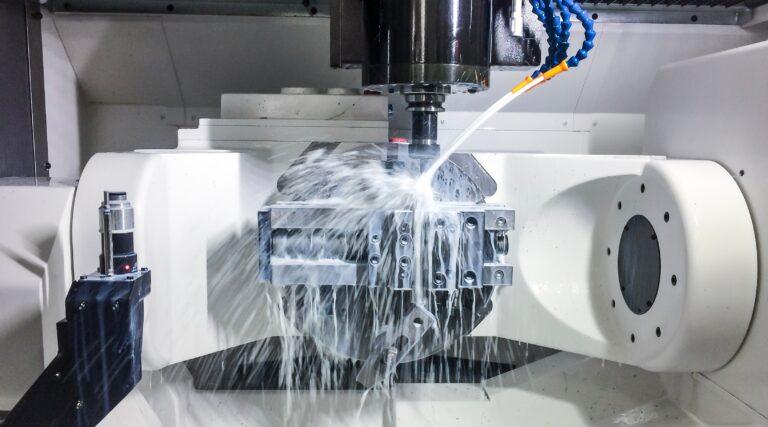In a world increasingly aware of the environmental impact of industrial activity, sustainability in manufacturing has become a key pillar. Both CNC machining and 3D printing are adopting green practices to reduce their environmental footprint, optimize resources and move towards a circular economy.
In this article, we explore how these technologies are transforming their processes to align with sustainability goals.
Waste reduction in machining processes
Traditional machining, especially CNC machining, has historically been a subtractive process that generates large amounts of metal chips and scrap. However, modern practices seek to minimize this waste through cutting path optimization techniques, improvements in machining planning and the use of recycled materials.
The use of advanced simulation software makes it possible to plan machining operations to maximize material utilization and reduce scrap. In addition, many companies are implementing systems for the collection and recycling of metal chips, making it possible to reintegrate these wastes into the production cycle or sell them as secondary raw materials.
Another green initiative is the use of biodegradable cutting fluids and dry or minimum quantity lube (MQL) cooling systems, which reduce the use of polluting oils and improve working conditions for operators.
Efficiency and sustainability in additive manufacturing
Unlike machining, 3D printing is an additive technology, which means that only the material needed to build the part is used. This represents a significant advantage in terms of sustainability, as waste is virtually eliminated during manufacturing.
One of the great ecological advances in 3D printing is the development and use of recycled or biodegradable materials, such as filaments made from recycled PET bottles or bioplastics such as PLA, derived from corn starch. New formulations are also being investigated to print functional 3D parts using sustainable materials without compromising mechanical properties.
Another promising practice is localized manufacturing, which allows components to be produced close to the point of use, reducing transportation and, therefore, the CO₂ emissions associated with logistics. This, coupled with the ability to print on demand, minimizes the need to store large inventories and reduces waste due to obsolescence.
Circular economy and sustainable innovation
Companies that manufacture using CNC machining or 3D printing are beginning to adopt circular economy models, which seek to close the product life cycle and minimize waste. This includes everything from redesigning parts to facilitate recycling or reuse, to developing buyback and reconditioning services for used components.
In addition, 3D printing makes it possible to repair defective or damaged parts by adding material only where it is needed, extending the useful life of products and avoiding the manufacture of complete new units.
In short, sustainability in manufacturing is both an ethical responsibility and a strategic opportunity. Companies that incorporate these practices not only reduce their environmental impact, but also optimize costs, differentiate themselves in the marketplace and respond to growing consumer demand for responsible products.
At Proto&Go! we are committed to more sustainable manufacturing. Therefore, we offer both CNC machining and 3D printing services, using efficient and responsible processes that allow you to develop your parts and prototypes with the highest quality and the lowest environmental impact. You can request your quote quickly and easily through the form on our website.
What are you wating for? Request your quote now!





